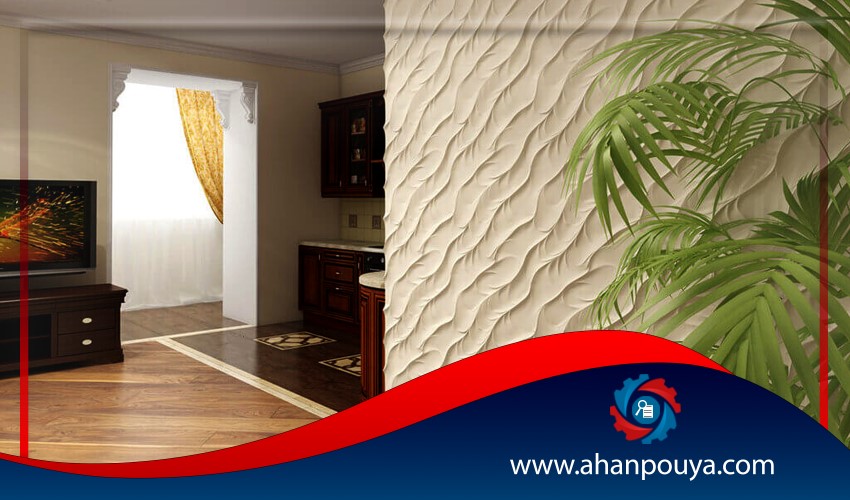
Gypsum panels or prefabricated gypsum walls as one of the requirements of dry construction or knauf in today's construction industry, have an integrated, smooth, parallel and rectangular cube surface. These panels come from the combination of water and chalk And compared to building plasters, they have finer powders. In other words, Knauf gypsum panels are plates that have gypsum core with special compounds and their surface and longitudinal edges are covered with a special kind of strong paper. Dry chalk panels are applied materials and light materials in the execution of the inner walls of the buildings , especially high - rise buildings . The concept of a dry chalk panel is chalk - finish sheets , which are considered to be the family of hybrid panels . The top surface of the panels that have the capacity to install on wood , metal , cement surfaces , masonry surfaces and multi - layered wood can be covered by paper or fiberglass . Fibers, fillers, aggregates and other additives may also be used in gypsum blocks.
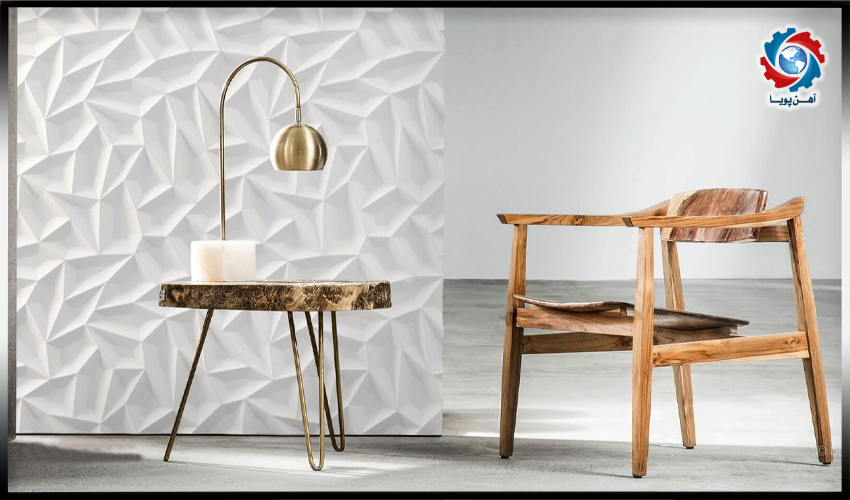
The chalk , which is in abundance , is in the fifth row of the building materials of nature , with a percentage of its purity in various mines in the country . According to statistics, Iran is the third largest producer of gypsum in the world in recent years and 60% of Iran's mineral units are related to gypsum. despite the abundance of minerals in most parts of the country , semnan city is nicknamed the cradle of rock production because of the multiplicity of minerals in the country .
To better understand applications and types of plaster panels , we first need to know more about chalk and its properties , and to learn about it , we need to know the chalk because the chalk is made of baking and grinding gypsum . Sodium gypsum is a two-aqueous calcium in the natural resources of the earth's surface, which is crushed and transferred to a kiln, turned into fine white powders, and is used in construction and some other industries. Smaller particles of powder are a sign of its higher quality, and because gypsum with its white color is an attractive material to cover surfaces, light up the space and decorate the environment. its high quality for the artistic and delicate effects of the building , like the artistic cornices , defines a distinct function. Quick-setting and volume increase during hardening can be considered as features of gypsum. Quickness makes plaster usable in multiplicative arches and thin blades . Increasing the volume, while filling the pores, prevents the plaster layer from cracking and insects from nesting in it. On the whole , the time to get a quality sheet of chalk should not exceed 8 minutes less than 25 minutes .
The gypsum panels are used in constructing non - porter walls or wall - independent covering , columns , elevator shaft , and installation against fire . The final decoration and finish of the interior walls is to create a false plaster ceiling with anti - fire and insulation properties , including the use of chalk panels in the building . Also, various types of gypsum panels and sandwich panels, according to their characteristics, in office, commercial and residential buildings, including hotels and villas, as well as in different parts of the building such as warehouses, kitchen space, bathroom, bathroom and… Are used.
chalk , like any other building material , has advantages and disadvantages . Cheap price and high availability compared to other materials, white and attractive color with a pleasant feeling, lightness and no heavy load on the building, its high ductility and plasticity, fire resistance and tensile and compressive forces, insulation Being thermal and acoustic or absorbing 60 to 70% of sound vibrations, it is widely used in various industries beyond construction such as porcelain, glass, agriculture, paper, petrochemical, leather and some other industries. In contrast , it is difficult to absorb moisture and decay in the face of its absence , manufacture of sulfate and reduce the life of metal parts while using it on metal surfaces and the difficulty of cleaning it in the face of dirt , including the flaws of the gypsum .
The properties , applications , and benefits of gypsum panels have made use of them in modern construction . Because these large prefabricated gypsum walls are produced and cover a large area of the ceiling and walls, they are easy to install and light in weight, as well as simple tools such as cutter blades and nails for cutting and installing. , Drill and glue are used .
Economical, fireproof and fire prevention, sound insulation, high durability and their variety in interior design and decoration are other advantages of gypsum panels. In sum , the benefits of the gypsum panels can include a drastic reduction in building waste , thermal insulation , suitable sound , light weight , light weight , lack of plaster , cement , soil , and high performance speed . Of course , the chalk panels , restrictions , problems , and drawbacks . To install gypsum panels, the ambient temperature should not be less than four degrees Celsius (Celsius) . Also , if the adhesive is used to install , these panels are not suitable for the below 10 ° C . The plaster panels at the time of the installation should not be subject to high humidity , however , when installing in the hot atmosphere , cooling the environment and ventilation or air flow around the panel are required . In any case, temperatures above 35 degrees are not suitable. In general, fragility, especially during transportation and installation, moisture, non-waterproof and relatively high cost can be considered among its disadvantages.
To execute the gypsum wall, various tools such as level, twine, trowel, grater, wood saw, rubber hammer, groove, connecting tentacles, sealing and anti-vibration tapes, mechanical mixer for preparing mortar and adhesive for gypsum wall are used. Also, to prepare gypsum wall mortar or adhesive, you should mix 5 kg of gypsum wall mortar powder with 3.5 liters of water and then mix it with a mechanical stirrer for one or two minutes to create a uniform mortar. The proper length for use of the mortar to install the wall is 45 minutes .
Gypsum panels can be divided in different ways . One of the most important of them is its classification based on fire and humidity . On this basis , the types of plaster panels are :
These panels are used in the construction of knauf partition walls, lining walls and false ceilings in dry and fire-free environments. Ordinary gypsum panels have a cream coating and the back is stamped with Knauf blue seal in Latin.
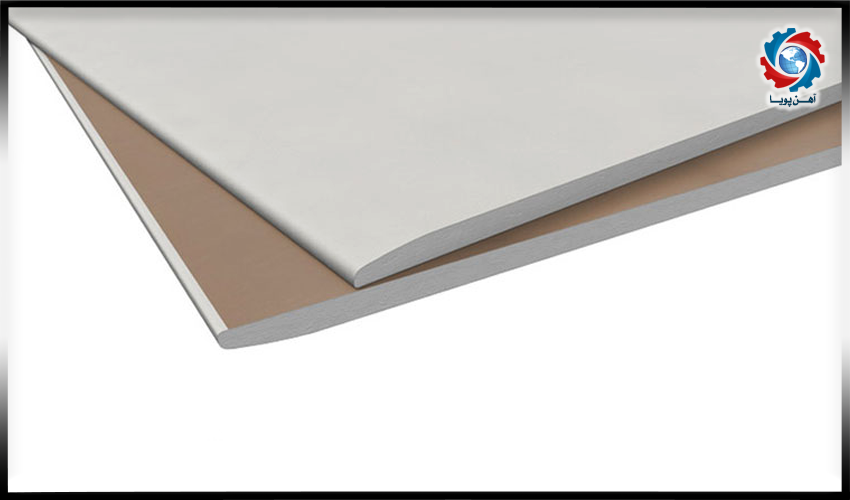
There are pages whose chalk is combined with anti - moisture resistant substances and are used in moist spaces such as kitchens and sanitary services . The cover of these pages is green, along which the middle axis has a blue seal of Knauf printed in Latin.
The structure of this plaster uses fire-resistant glass fibers and is mostly used in spaces that need fire protection, such as covering steel beams and columns, installation ducts, and so on. These panels have a pink cover and the back of them has a red knauf stamp printed in Latin.

There are pages in which use of glass fibers and material resistant to moisture used in spaces with humidity and fire . These panels have a green finish . And on the back of them is printed the red seal of Knauf in Latin .
Also, the types of Knauf gypsum panels in Iran based on thickness or diameter according to the needs and conditions of the consumer, include the following :
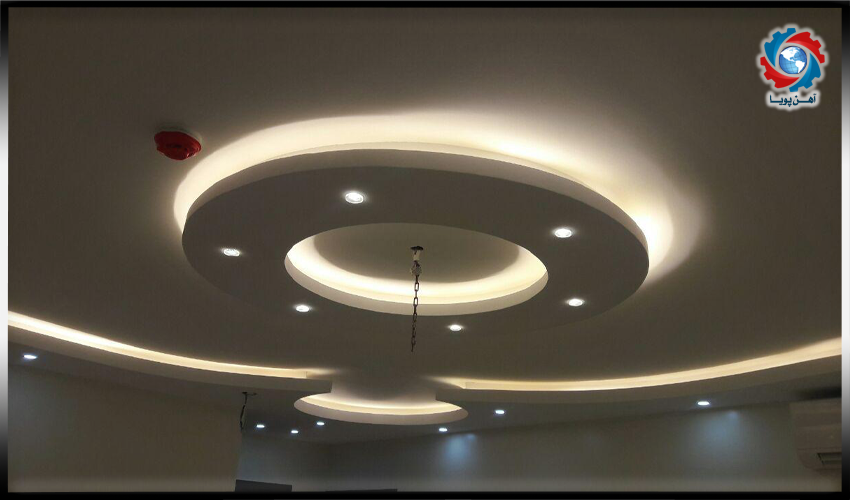
Can be used in designs that include curves with a sharp arc. This type of panels should not be used to perform simple walls or false ceilings .
Like 4 mm panels, they can be used to execute arches.
The most common products of Knauf Iran factory are these panels that are used for partition and covering walls, simple and decorative false ceilings.
Older persons should be more applicable to the walls and spaces that require more resistance .
Older persons should be more applicable to certain areas where there is a need for high strength or extreme risk of dealing with the wall .
In general, the types of knauf panels include two types of gypsum and cement :
1.Gypsum knauf panels (knauf gypsum boards) or leaf gypsum
2.Cement knauf panels (knauf cement boards) or aqua panels
Plasterboard wall sandwich panels are one of the most widely used types of wall panels in prefabricated buildings, which are suitable for plastering insulated walls and ceilings. These panels will be used in covering the walls of administrative , commercial and residential buildings , including the construction of luxury villas , hotels and workshops . Leaf gypsum wall sandwich panel consists of two metal sheets and intermediate insulation. Its insulation foam is usually polyurethane. In all types of one-sided sheet polyurethane sandwich panels, metal sheets or fiberglass can be used for the other side of the panel.
As discussed in the advantages of the chalk panels , the panels are easy to install , however , their installation takes place during phases . These steps are :
1.Prepare smooth and uniform surfaces such as tiles, stones, ceramics and painted walls as suitable substrates
2.Align the wall by drawing a horizontal alignment line to install the panels
3.Gluing and installing panels using special industrial resistant adhesives and installing them regularly or irregularly according to different panel designs
4.Cutting if necessary to completely cover the ceiling or wall surfaces by determining the cutting path and cutting the desired location with a cutter or saw and cleaning the cut edges with soft sanding
5.Execution of special primer to improve the quality of gypsum panel is installed, the best way to apply the primer is spraying
6.Painting in two to three steps after sealing using a roller, brush or by spraying method that has a good and uniform quality in painting
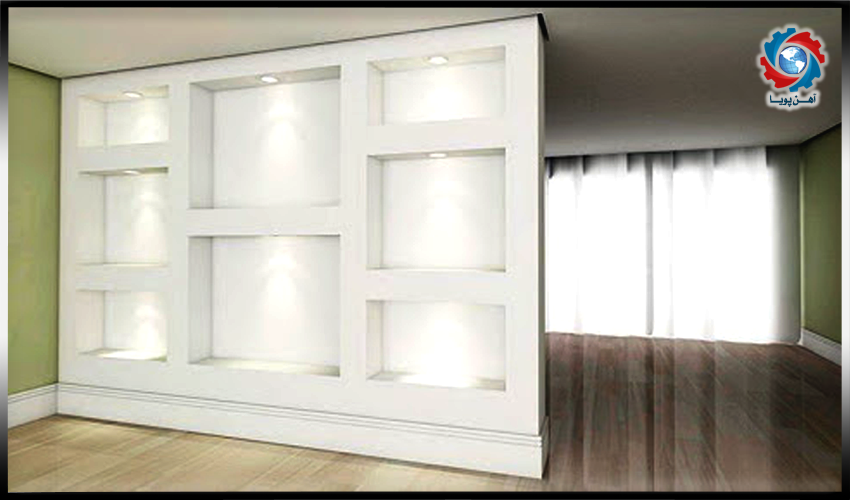
Given what has been said about gypsum prefabricated panels or walls in the construction industry, it is important to know the following tips and recommendations about these panels.
1.By installing gypsum walls, the gypsum and soil stage is completely eliminated and no whitewashing is required. With a little staining and putty, the wall is ready for painting.
2.Although ordinary white plaster is often used to make prefabricated gypsum panels, gypsum plaster increases the strength of the wall after application.
3.The chalk panels have a higher price than the other walls , and their execution rate is three times higher compared to brick and pottery.
4.Due to the grooves in the gypsum panel, the possibility of wiring from inside the wall is very convenient and the building wiring is able to work through the groove; It is also possible to drill holes, screw and roll the plate inside the wall.
5.The plaster panels are not equal to the wall load and should be expected to be separated from the wall.
6.If the roof is made of Iranian galvanized sheet, it is possible to transfer the roof load on the wall, but it is recommended to transfer the weight of the roof to a suitable column.
7.Although chalk panels , such as cement , brick , pottery , block and … water absorb water , they are not destroyed in their structure after absorbing water.
8.Prefabricated gypsum walls, due to the tabs that cause them to lock together, after execution and installation on top of each other, make the wall, integrated and resistant to impact and earthquake. If a blow hits the wall, the blow is fully propagated.
9.The best way to apply gypsum wall in a humid environment is to paint, ceramic tile with nano water-repellent coatings on the wall surface. When operating in a bathroom or bathroom , it is best to finish the chromium by cement and brick , and then the chalk block is applied to chromium .
10.The execution of tile , ceramic and working cement on precast walls is feasible via glue and mortar . For better adhesion of these materials, using Rabitz mesh on the wall or scratching the surface of the panels is recommended.
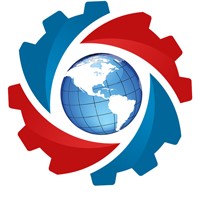
Ahan Pouya with more than a decade of best-selling experience, adheres to professional and ethical principles in the field of selling and buying at inside and outside the borders of Iran, helping you in the steel industry.